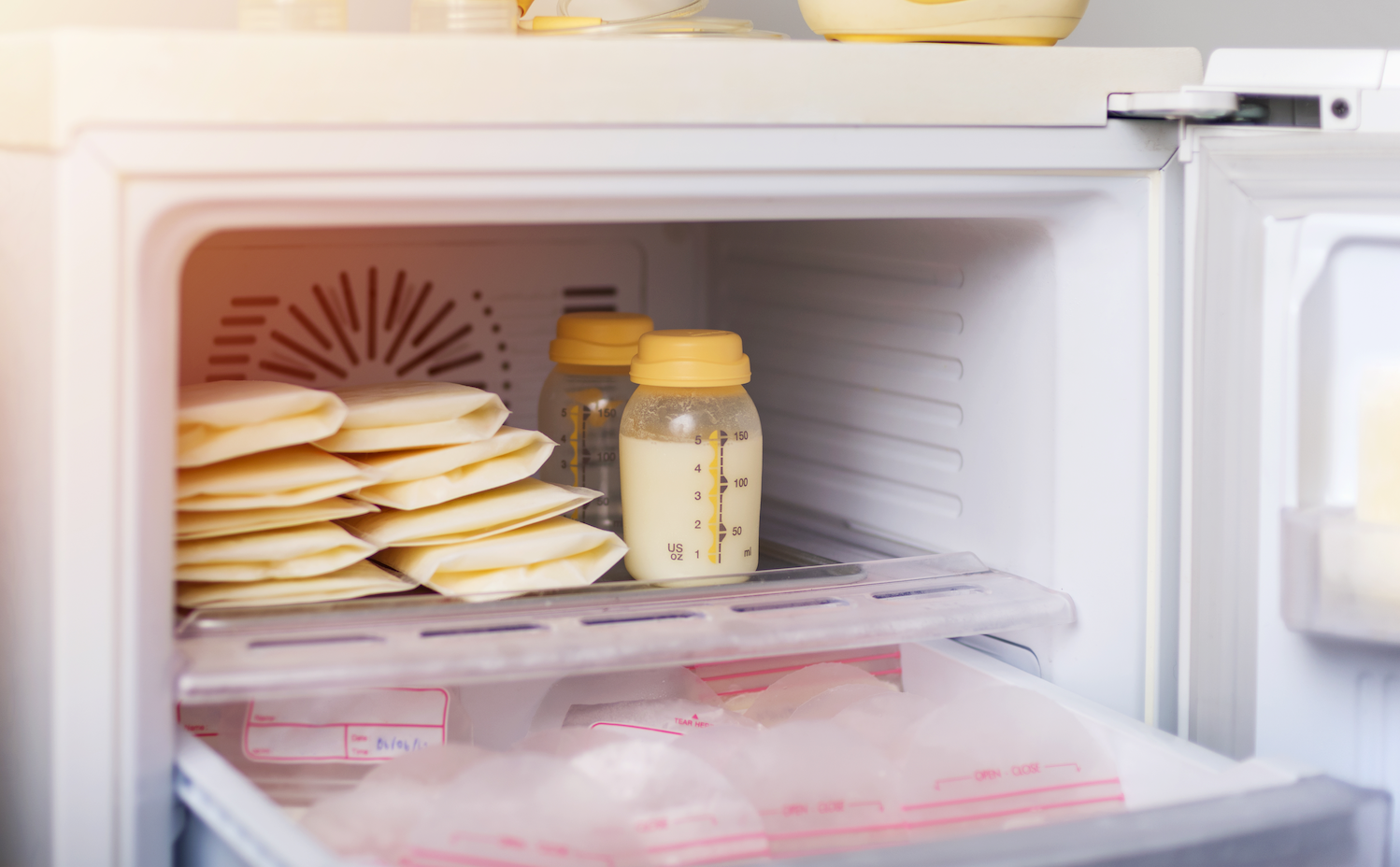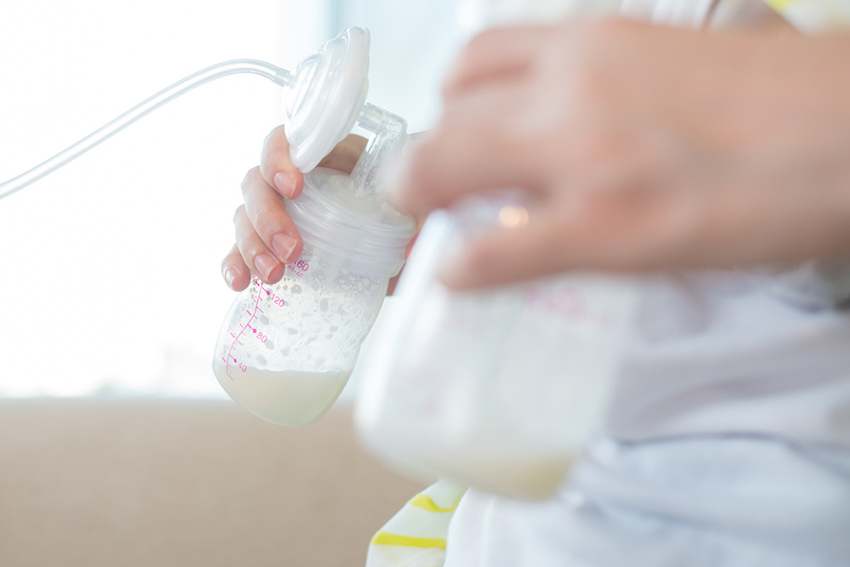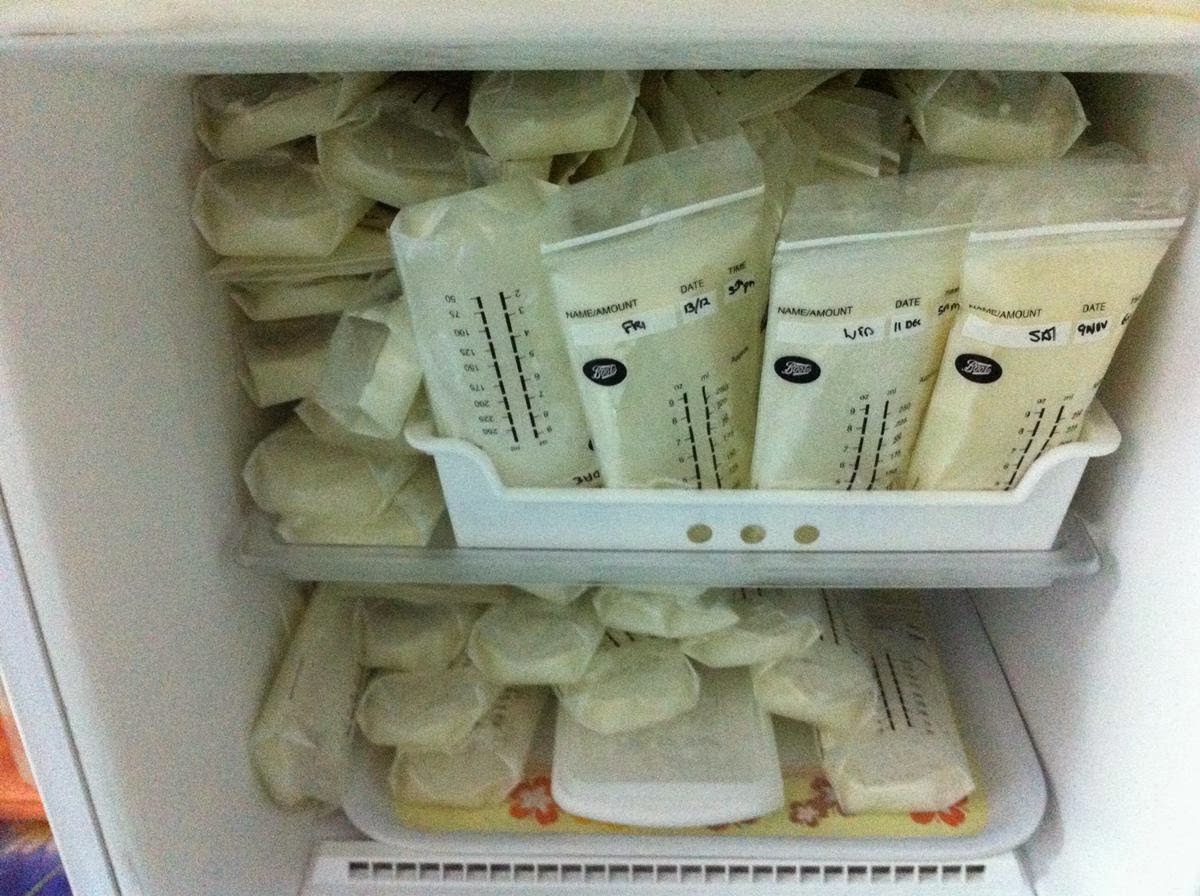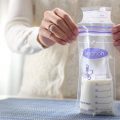
Breastfeeding your child can be both a wonderful and tiring experience. It is understandable that there are countless obstacles that need to be faced during the process. This is why some mothers prefer to express their milk using the breastmilk pump and later stored it in the breastmilk storage bags Malaysia. Although pumping your milk sounds easy to some people, there are precautions and correct ways to store the milk so that it is safe for the baby. Wrong ways of storing might cause consequences such as complications to the baby. Since you are here, you will be looking at the do’s and don’ts in storing breastmilk.
Before Pumping

Even before pumping your milk, there are things that you need to ensure. The most significant one is washing your utensils. The pump, bottles and storage bags should be washed thoroughly. They might look clean on the outside but we cannot bear the fact that there might be germs having a party on the surfaces. Other than these items, another thing that you need to ensure the cleanliness is your hands. You can opt to express your milk manually or by using a breast pump. There are three types of breast pumps that you can choose from such as manual breast pump, electric breast pump and battery-powered breast pump. They can ease you in saving your time and energy.
How to Store Your Milk

This is where many mothers tend to take it easy. It might seem easy but the truth is you need to be really careful as this is related to hygiene and health. The most prominent thing to ensure is the type of storage bags you are using. It is best for you to get the breast milk storage bags from an authorised store such as Lansinoh and food-grade containers. Other than that, it is crucial to check at the bottom of the bottles to see if there is a symbol with the number 7. If you spot one, it means the bottle is not BPA-free which could be hazardous to human health and the environment. The recommended temperature to store the breast milk is 25° or colder for about four hours. If you are done pumping the milk, it is advisable for you to put labels on each bag so that you would know the estimated time for the milk to spoil.
Checking If The Milk Has Gone Bad
/GettyImages-171253462CeneriEbreastmilk-56b792eb5f9b5829f83a1883.jpg)
Mothers’ nightmare is when they feed their babies with spoiled milk. This can cause the baby to have an upset stomach, non-stop crying and vomiting. So, how to find out if the milk has gone bad? The first obvious thing is the colour. It would look yellowish and has two separated sections when you try to swirl the bottle. Other than that, it would produce an unpleasant smell. Freshly expressed milk would not produce a pungent smell, unlike spoiled milk. If you are unsure of the freshness of the milk or none of these signs are visible, you can do a taste check. But do remember to taste just a little bit of it. If the taste is sour then it has gone bad and you should throw it away.

